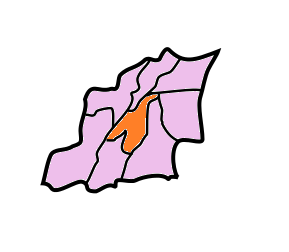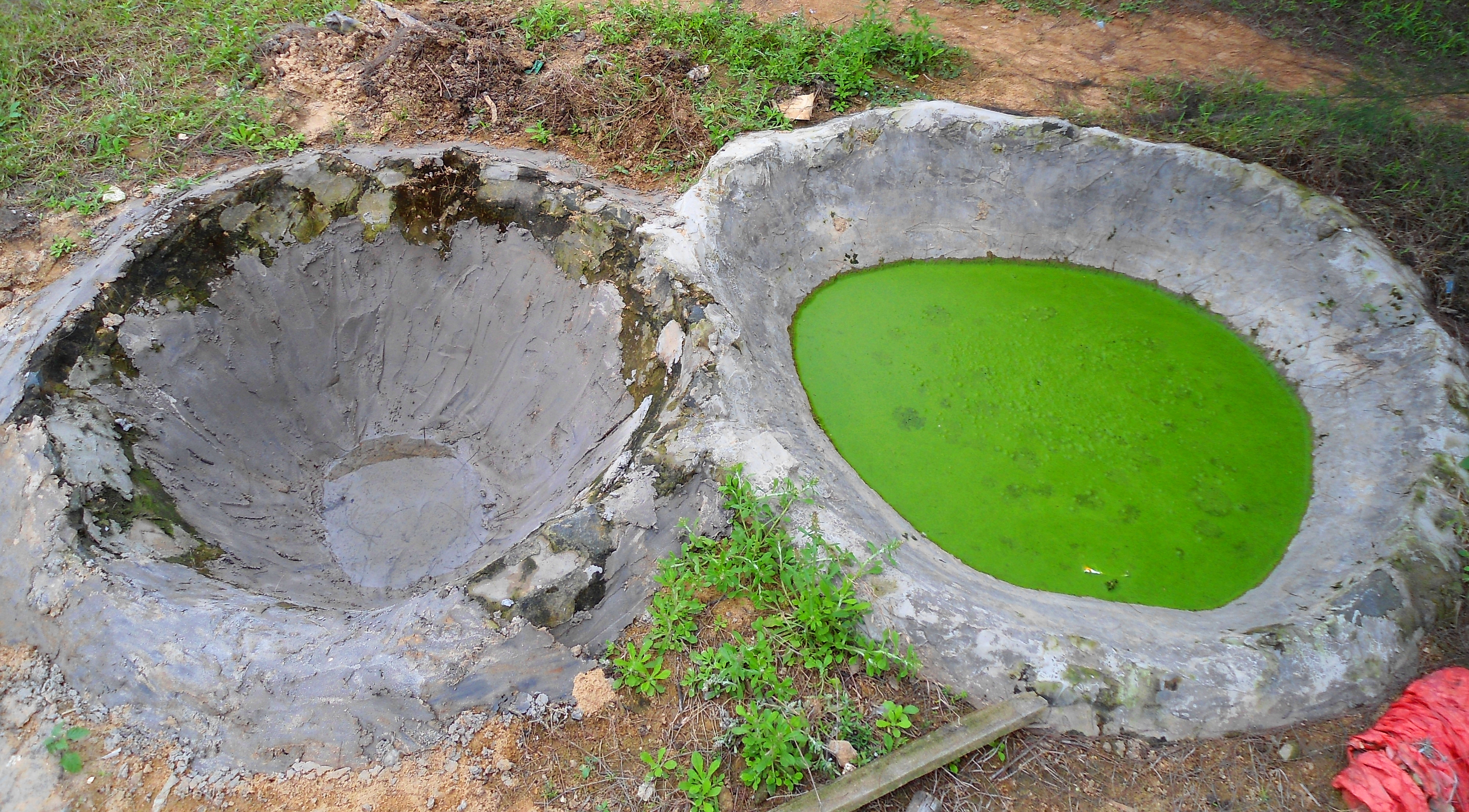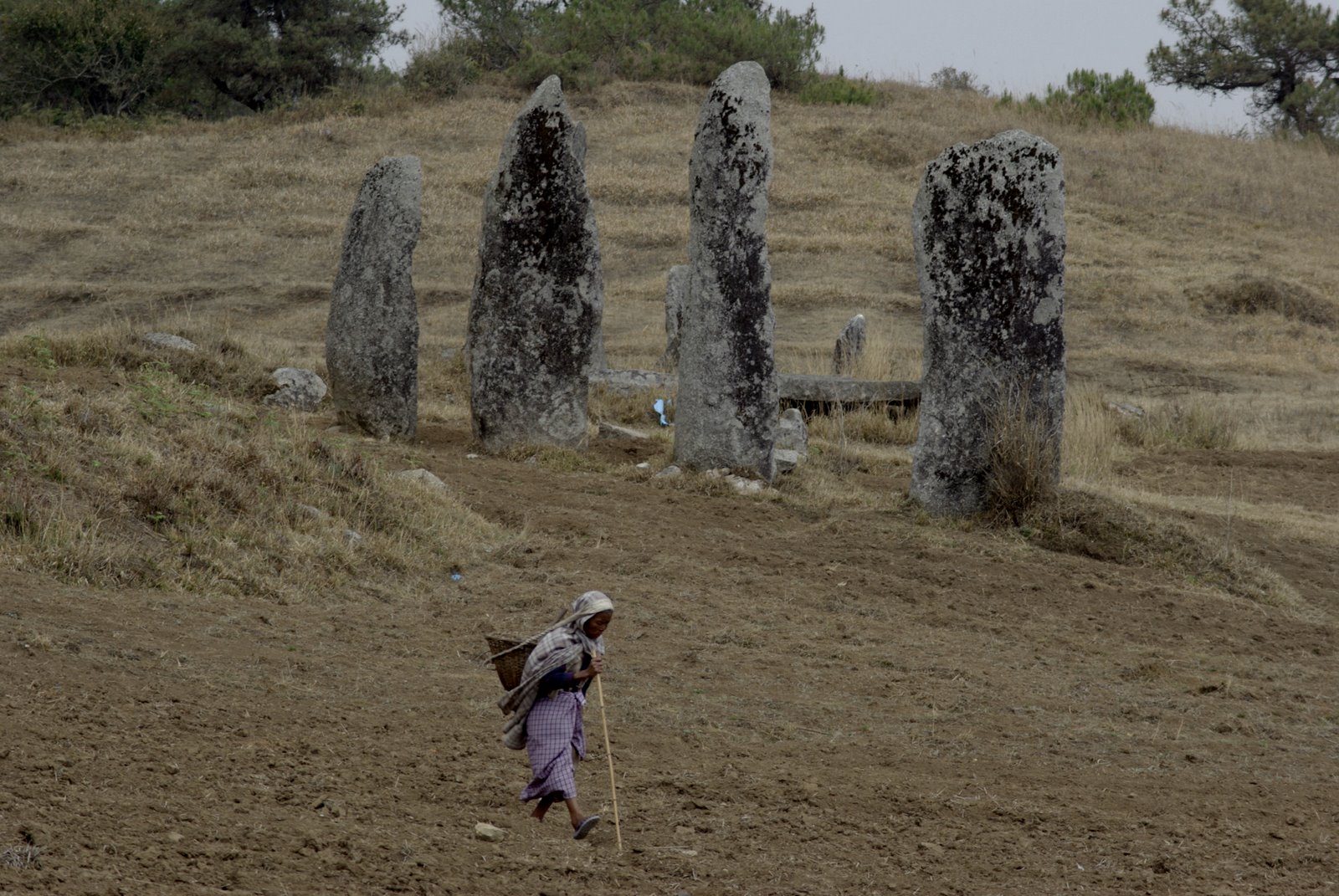|
Mawlynnong
Mawlynnong is a village in the East Khasi Hills district of the Meghalaya state in North East India. It is notable for its cleanliness and also was chosen by Discover India magazine as Asia's cleanest village. The village comes under the Pynursla community development block and Vidhan Sabha (legislative assembly) constituency. Geography Mawlynnong is located 90 km from Shillong, along the India–Bangladesh border. Kalain "The Gateway Of Barak Valley" is 187 km from Mawlynnong. Demographics As of 2019, Mawlynnong had 900 residents.Nieves, Evelyn.Girls Rule in an Indian VillageArchive. ''The New York Times''. 3 June 2015. Retrieved on 5 June 2015. , there are about 95 households in Mawlynnong. The literacy rate is 90%.Eco Destination Department of Tourism, Government of Meghalaya |
Meghalaya
Meghalaya (, or , meaning "abode of clouds"; from Sanskrit , "cloud" + , "abode") is a state in northeastern India. Meghalaya was formed on 21 January 1972 by carving out two districts from the state of Assam: (a) the United Khasi Hills and Jaintia Hills and (b) the Garo Hills.History of Meghalaya State Government of India Meghalaya was previously part of Assam, but on 21 January 1972, the districts of Khasi, Garo and Jaintia Hills became the new state of Meghalaya. The population of Meghalaya as of 2014 is estimated to be 3,211,474. Meghalaya covers an area of approximately 22,430 square kilometres, with a length-to-breadth ratio of about 3:1.Meghalaya IBEF, India (2013) T ... [...More Info...] [...Related Items...] OR: [Wikipedia] [Google] [Baidu] |
East Khasi Hills District
East Khasi Hills is an administrative district in the state of Meghalaya in India. The district headquarters are located at Shillong. The district occupies an area of 2752 km² and has a population of 825,922 (as of 2011). , it is the most populous district of Meghalaya's 12 districts. History The former Khasi Hills district was divided into East and West Khasi Hills districts on 28 October 1976. On 4 June 1992, East Khasi Hills District was further divided into two administrative districts of East Khasi Hills District and Ri-Bhoi District. Geography Shillong is the district headquarters of East Khasi Hills District. East Khasi Hills District forms a central part of Meghalaya and covers a total geographical area of 2,748 km2. It lies approximately between 25°07" & 25°41" N Lat. And 91°21" & 92°09" E Long. The north of the district is bounded by the plain of Ri-Bhoi District gradually rising to the rolling grasslands of the Shillong Plateau interspersed wi ... [...More Info...] [...Related Items...] OR: [Wikipedia] [Google] [Baidu] |
Kalain
Kalain is situated in a strategic location of the Cachar district of Assam, India. It is about from the district headquarters, Silchar, and is called the Gateway to Barak Valley. Kalain has got wonderful landscapes in and around it; the green fields, beautiful tea gardens, amazing weather, and a very delicate population composed of various ethnicities add to its composite structure. There are three railway stations that connect Kalain smoothly to rest of the valley and the state of Assam; one at Hilara, one at Sukritipur. and one at Bihara Moreover, Kalain is east of Guwahati and 190 kilometers from Shillong, 187 kilometers from Mawlynnong- the village that featured as the cleanest village in Asia. It is the main town in the Katigorah (Vidhan Sabha constituency) in Assam. Overview Kalain, apart from all other relations that it shares with the population dwelling in it from time immemorial, also fosters a sense of an eternal hospitality in the hearts of its people. This i ... [...More Info...] [...Related Items...] OR: [Wikipedia] [Google] [Baidu] |
Köppen Climate Classification
The Köppen climate classification is one of the most widely used climate classification systems. It was first published by German-Russian climatologist Wladimir Köppen (1846–1940) in 1884, with several later modifications by Köppen, notably in 1918 and 1936. Later, the climatologist Rudolf Geiger (1894–1981) introduced some changes to the classification system, which is thus sometimes called the Köppen–Geiger climate classification system. The Köppen climate classification divides climates into five main climate groups, with each group being divided based on seasonal precipitation and temperature patterns. The five main groups are ''A'' (tropical), ''B'' (arid), ''C'' (temperate), ''D'' (continental), and ''E'' (polar). Each group and subgroup is represented by a letter. All climates are assigned a main group (the first letter). All climates except for those in the ''E'' group are assigned a seasonal precipitation subgroup (the second letter). For example, ''Af'' i ... [...More Info...] [...Related Items...] OR: [Wikipedia] [Google] [Baidu] |
The New York Times
''The New York Times'' (''the Times'', ''NYT'', or the Gray Lady) is a daily newspaper based in New York City with a worldwide readership reported in 2020 to comprise a declining 840,000 paid print subscribers, and a growing 6 million paid digital subscribers. It also is a producer of popular podcasts such as '' The Daily''. Founded in 1851 by Henry Jarvis Raymond and George Jones, it was initially published by Raymond, Jones & Company. The ''Times'' has won 132 Pulitzer Prizes, the most of any newspaper, and has long been regarded as a national "newspaper of record". For print it is ranked 18th in the world by circulation and 3rd in the U.S. The paper is owned by the New York Times Company, which is publicly traded. It has been governed by the Sulzberger family since 1896, through a dual-class share structure after its shares became publicly traded. A. G. Sulzberger, the paper's publisher and the company's chairman, is the fifth generation of the family to head the p ... [...More Info...] [...Related Items...] OR: [Wikipedia] [Google] [Baidu] |
Manure
Manure is organic matter that is used as organic fertilizer in agriculture. Most manure consists of animal feces; other sources include compost and green manure. Manures contribute to the fertility of soil by adding organic matter and nutrients, such as nitrogen, that are utilised by bacteria, fungi and other organisms in the soil. Higher organisms then feed on the fungi and bacteria in a chain of life that comprises the soil food web. History According to a Byzantine tradition attributed to Cassianus Bassus pig dung was generally not usable as fertilizer, except for almond trees. Similar views recorded by Columella were unrelated to the Islamic taboos of later centuries, though the medieval Andalusian writer Ibn Bassal and some later writers from Yemen also recorded negative effects of pig dung "burning" plants. Ibn Bassal described a sort of mixed manure with straw or sweeping mixed in as ', implying that was not composed of only manure. The sweepings from hot bath ... [...More Info...] [...Related Items...] OR: [Wikipedia] [Google] [Baidu] |
Bamboo
Bamboos are a diverse group of evergreen perennial flowering plants making up the subfamily Bambusoideae of the grass family Poaceae. Giant bamboos are the largest members of the grass family. The origin of the word "bamboo" is uncertain, but it probably comes from the Dutch or Portuguese language, which originally borrowed it from Malay or Kannada. In bamboo, as in other grasses, the internodal regions of the stem are usually hollow and the vascular bundles in the cross-section are scattered throughout the stem instead of in a cylindrical arrangement. The dicotyledonous woody xylem is also absent. The absence of secondary growth wood causes the stems of monocots, including the palms and large bamboos, to be columnar rather than tapering. Bamboos include some of the fastest-growing plants in the world, due to a unique rhizome-dependent system. Certain species of bamboo can grow within a 24-hour period, at a rate of almost an hour (equivalent to 1 mm every ... [...More Info...] [...Related Items...] OR: [Wikipedia] [Google] [Baidu] |
Street In Mawlynnong
A street is a public thoroughfare in a built environment. It is a public parcel of land adjoining buildings in an urban context, on which people may freely assemble, interact, and move about. A street can be as simple as a level patch of dirt, but is more often paved with a hard, durable surface such as tarmac, concrete, cobblestone or brick. Portions may also be smoothed with asphalt, embedded with rails, or otherwise prepared to accommodate non-pedestrian traffic. Originally, the word ''street'' simply meant a paved road ( la, via strata). The word ''street'' is still sometimes used informally as a synonym for ''road'', for example in connection with the ancient Watling Street, but city residents and urban planners draw a crucial modern distinction: a road's main function is transportation, while streets facilitate public interaction. [...More Info...] [...Related Items...] OR: [Wikipedia] [Google] [Baidu] |
The Guardian
''The Guardian'' is a British daily newspaper A newspaper is a periodical publication containing written information about current events and is often typed in black ink with a white or gray background. Newspapers can cover a wide variety of fields such as politics, business, sport .... It was founded in 1821 as ''The Manchester Guardian'', and changed its name in 1959. Along with its sister papers ''The Observer'' and ''The Guardian Weekly'', ''The Guardian'' is part of the Guardian Media Group, owned by the Scott Trust Limited, Scott Trust. The trust was created in 1936 to "secure the financial and editorial independence of ''The Guardian'' in perpetuity and to safeguard the journalistic freedom and liberal values of ''The Guardian'' free from commercial or political interference". The trust was converted into a limited company in 2008, with a constitution written so as to maintain for ''The Guardian'' the same protections as were built into the structure of the ... [...More Info...] [...Related Items...] OR: [Wikipedia] [Google] [Baidu] |
Khasi People
The Khasi people are an ethnic group of Meghalaya in north-eastern India with a significant population in the bordering state of Assam, and in certain parts of Bangladesh. Khasi people form the majority of the population of the eastern part of Meghalaya, that is Khasi Hills, constituting 78.3% of the region's population, and is the state's largest community, with around 48% of the population of Meghalaya. They are among the few Austroasiatic-speaking peoples in South Asia. The Khasi tribe holds the distinction of being one of the few remaining matriarchal tribes of the world. Under the Constitution of India, the Khasis have been granted the status of Scheduled Tribe. History Khasi mythology Khasi mythology traces the tribe's original abode to ("The Seven Huts"). According to the Khasi mythology, (God, the Lord Master) had originally distributed the human race into 16 heavenly families (). However, seven out of these 16 families were stuck on earth while the other 9 i ... [...More Info...] [...Related Items...] OR: [Wikipedia] [Google] [Baidu] |
Betel Nut
The betel (''Piper betle'') is a vine of the family Piperaceae, which includes pepper and kava. The betel plant is native to Southeast Asia. It is an evergreen, dioecious perennial, with glossy heart-shaped leaves and white catkins. Betel plants are cultivated for their leaves which is most commonly used as flavoring in chewing areca nut ( betel nut chewing). Etymology The term betel was derived from the Malayalam word ''vettila'' via Portuguese. Distribution ''Piper betle'' is originally native to South Asia and in Southeast Asia, from Island Southeast Asia (Philippines, Timor-Leste and the Lesser Sunda Islands, and Peninsular Malaysia) to Indochina (Vietnam, Cambodia, Laos, Thailand, and Myanmar). Its cultivation has spread along with the Austronesian migrations and trade to other parts of Island Southeast Asia, Papua New Guinea and Melanesia, Micronesia, South Asia, the Maldives, Mauritius, Réunion Island, and Madagascar. It has also been introduced during the Colonial E ... [...More Info...] [...Related Items...] OR: [Wikipedia] [Google] [Baidu] |




.png)




